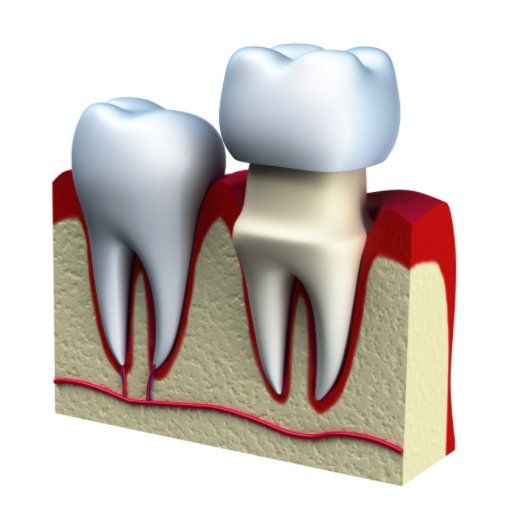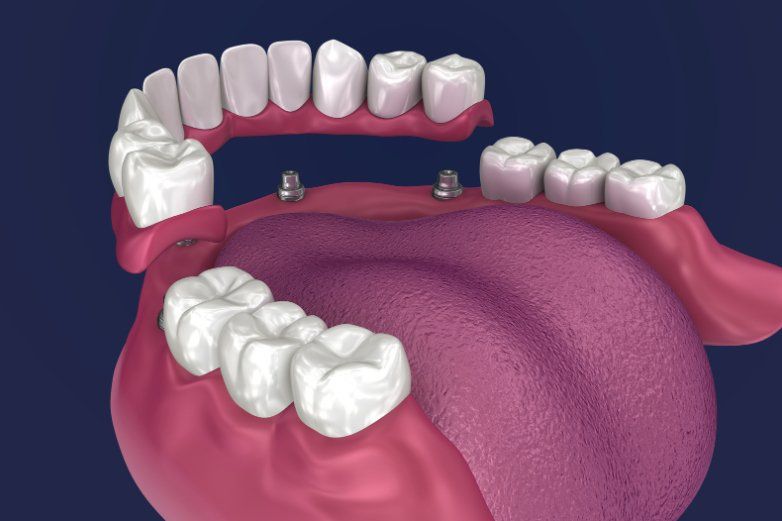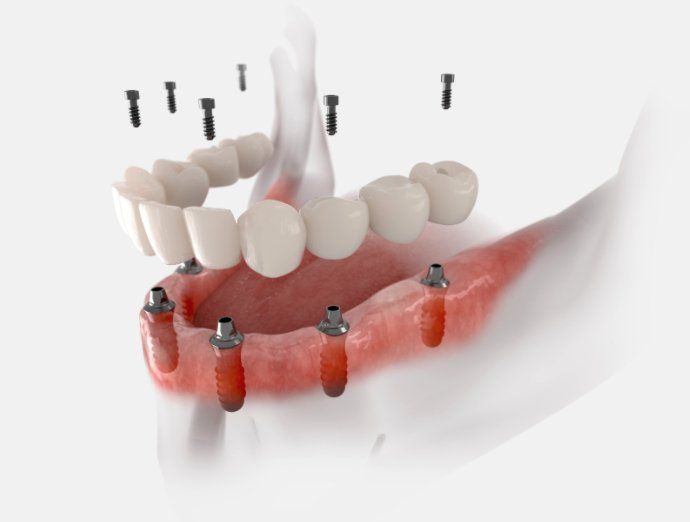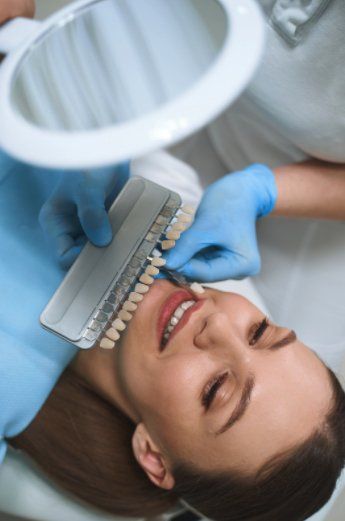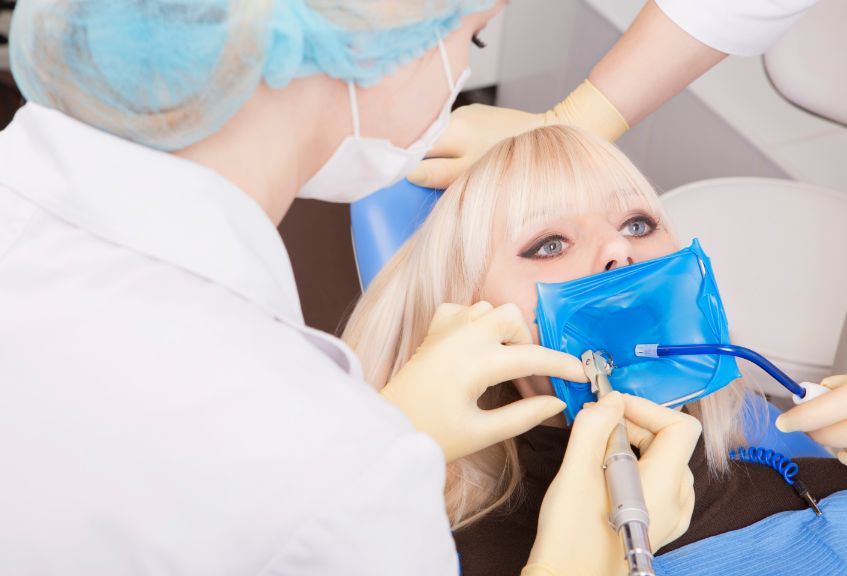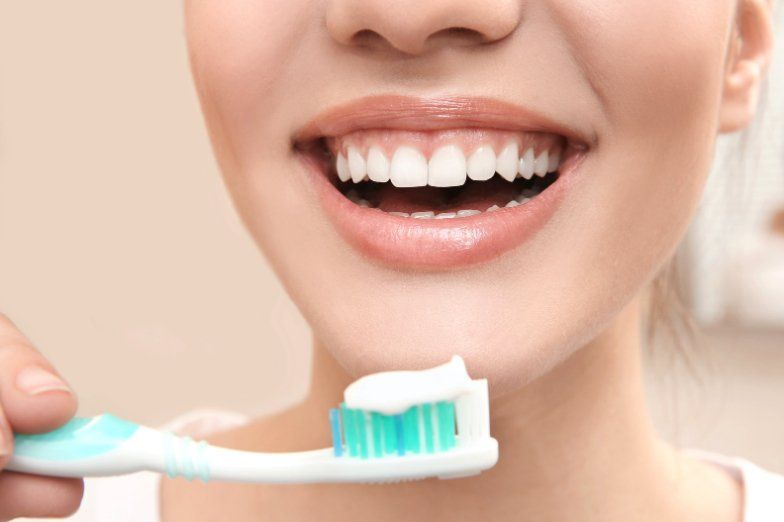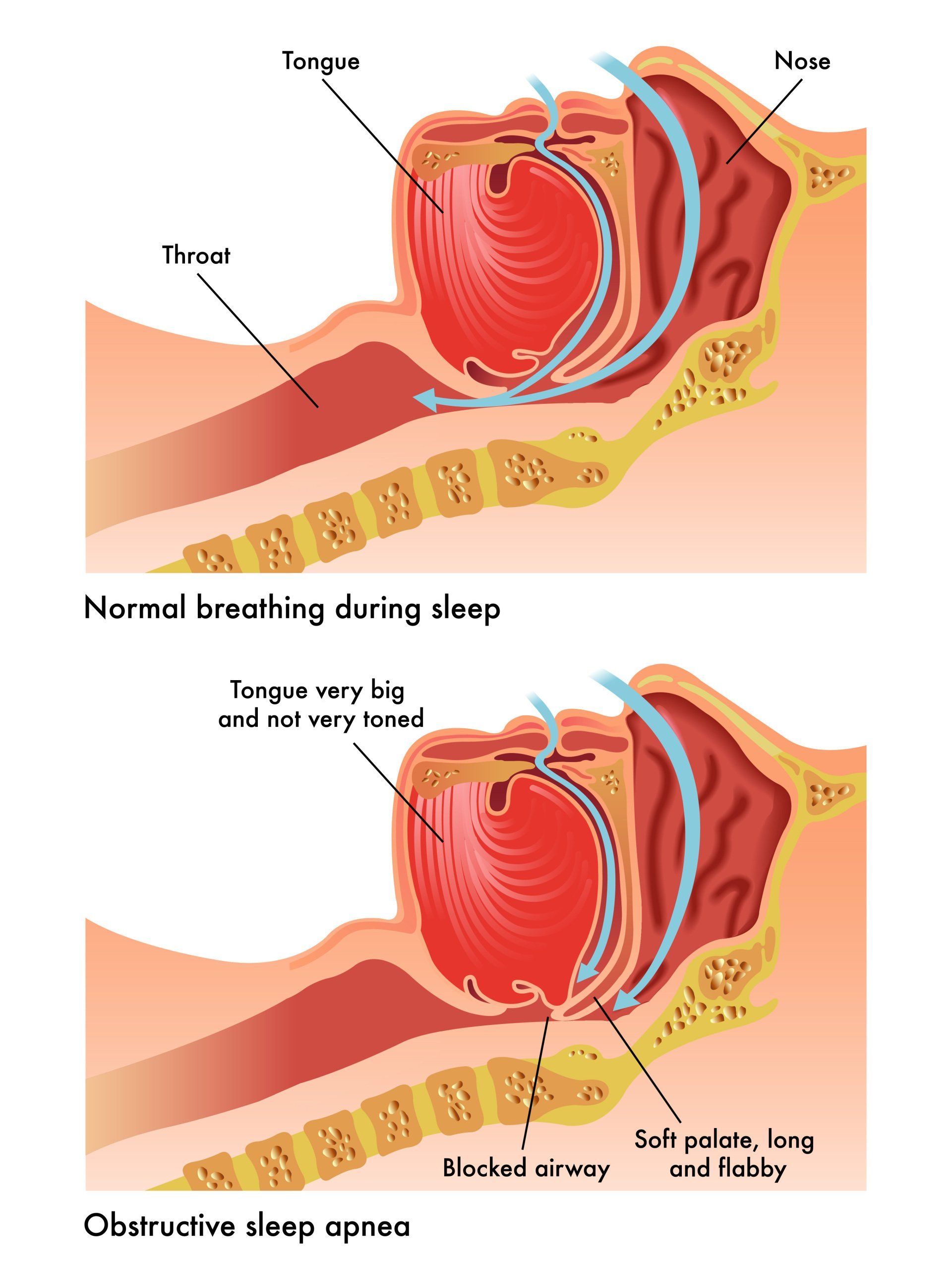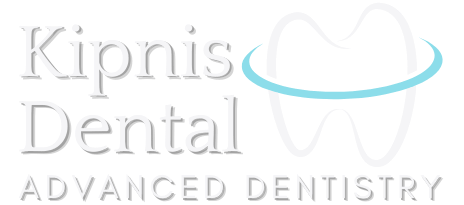Crowns or Veneers for Front Teeth
Both crowns and veneers can restore your teeth and improve your smile. Veneers are placed in broken or chipped teeth. Dental veneers are thin-films placed on the surface of your tooth to restore its original look without having any dental implant
crown. Your dentist will perform minimal preparation for your teeth. They will not scrape or take a lot of your tooth surface to snap on the veneers.
On the other hand, tooth crowns use implants for your teeth. It restores the original look of your teeth, protects from further damage, and adds stability. However, the dentist will trim quite a bit from your tooth surface and the dental crown procedure requires a lot of preparation before placing the crowns.
If crowns and veneers are performed on a front tooth and done by a skilled doctor, then it is hard for you to tell the difference between the original teeth.
Different Types of Dental Crowns
There are various types of dental crowns; each has different benefits to patients and sometimes it just comes down to crown cosmetics. Your Brooklyn dentist will decide the type of tooth crown is suitable for you.
Temporary Crown
A temporary crown is used when a natural tooth requires a permanent crown - but since the tooth crown takes 2-3 weeks to manufacture - serves as a cap on the exposed tooth or implant site. It allows you to smile as before and chew food but is not that durable given its temporary nature. Increasingly, most dental offices can offer same-day crowns using CEREC machines - but for most dental practices, a permanent crown still takes at least a week.
Porcelain Infused Zirconium Crown
Porcelain Infused Zirconium (PFZ) is as the name suggests, porcelain tooth crowns infused with zirconium alloy. This is suitable for the front teeth because it highly resembles your actual teeth and durability is excellent. This is strong enough to enjoy any meal!
Ceramic Crown
Sometimes called porcelain crowns best suited for those patients who have metal allergies. Don’t be confused about the term porcelain, which is a different type of ceramic material. This crown will give a natural look because it follows the color and the structure of your tooth. Ceramic crowns are not as strong as metal crowns. Patients having ceramic dental crowns should give extra care for it to last longer.
Porcelain Fused to Metal Crown
Also known as PFM crowns, considered to be cheaper. It has a gray metal component underlying and porcelain ceramic on top. The metal component is a mixture of various types of alloys such as gold alloys, titanium alloys, and metal alloys. Even though this crown is not as aesthetic as others, they are still suitable for back teeth restoration.
Gold Crown
Gold alloy crowns may appear gold or silver in color. These crowns are very durable and can last for ages compared to all dental crowns. These crowns are usually placed on molars that are out of sight due to their metallic color. Gold crowns are usually combined with nickel, chromium, or palladium to increase their strength.
EMAX Crown
Emax crowns are made from lithium disilicate ceramic. The crowns' life-like color, strength, and durability are very similar to zirconium crowns. But they only differ from the cost, Emax crowns are more expensive compared to zirconium. This is due to its excellent strength and aesthetics - leading to its widespread appeal as a cosmetic crown.
Crowns Vs Fillings
Fillings are used to restore teeth that are only partially damaged - usually involving scooping up decayed tooth material and then filling it with a composite resin, porcelain or gold.
But as a particular case becomes extreme, a crown may be necessary in combination with a bridge to impart stability to the jaw when speaking or eating.
The two are not exclusive and in many cases - especially for serious cavities - a patient may need to have decayed tooth filled then capped with a crown.

